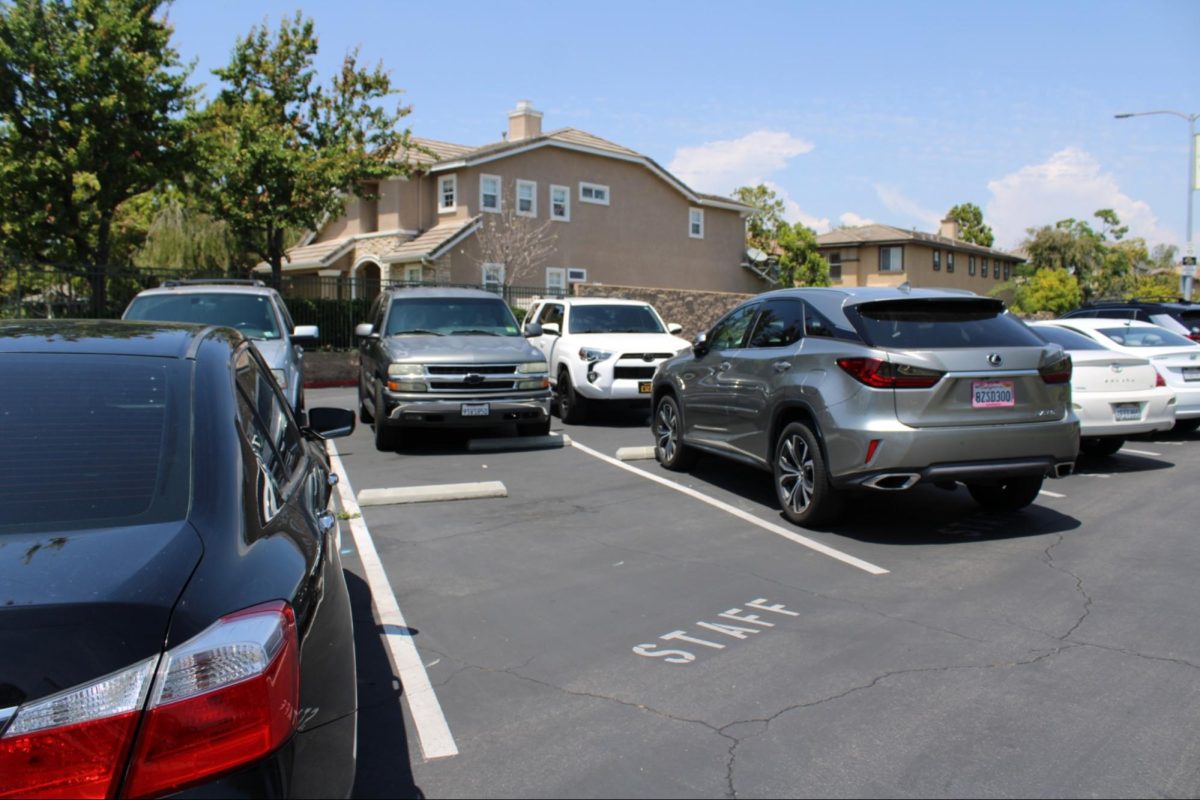During a trip to Cleveland, Ohio, I had assumed that the streets would look fairly different from what I was used to seeing back in Orange County.
While Cleveland’s environment was expectedly far sparser than the Golden State, I had overlooked one detail: the presence of electric vehicles, personally seeing about one for every 12 gas cars.
Electric vehicles, especially those manufactured by Tesla, have integrated into streets across the country, according to a Nov. 2, 2023, Orange County Register article. Although recently trendy, buying an electric car as soon as possible shouldn’t be a top priority over gas cars.
Over the past few years, Tesla has become one of the most popular corporations in the car industry and attained the largest market capitalization of any car company, currently ranking 12th place overall on the stock exchange. This comes as no surprise, given the brand’s focus on being an electric-only car manufacturer and the recent surge in hot topics surrounding electronics and digital currencies.
Owing to these trends, the norm is slowly shifting day by day toward owning electric vehicles and trashing old, ugly gas cars. As a matter of fact, my parents have tentative plans to purchase their first Tesla, joining the bandwagon of my friends’ families who own Teslas or other electric vehicles. When questioned, my parents attributed their intentions to purchase a Tesla to low prices, figuring their decision to buy a Tesla was either “now” or “a far later time.”
When I asked my friends how they felt about their electric cars compared to their previous gas ones, they unanimously agreed that running on electric improves the driving experience. I asked them if it was because of the performance, price or a goal to be more environmentally friendly, but they all replied “No,” explaining that the fact it’s electric alongside other “cool” features, like a large touchscreen reminiscent of a phone and its one-of-a-kind appearance made their electric vehicles a joy to ride in.
With Tesla’s business model offering consumers a tool to fight climate change and its cheapest model sitting at more than $40,000, it might seem appealing to buy a “car of the future.” However, if buying while having the environment in mind, one doesn’t have to buy a car worth tens of thousands of dollars to have a slightly tinier impact on the globe.
The production of a Tesla vehicle, primarily its batteries, causes significant ecological damage and trivializes its reduced carbon emissions. For example, just one critical component of Tesla batteries, manganese, requires extensive mining that causes air pollution and contaminates the nearby environment’s water and soil, according to a May 4, 2023, EVBox article. One could opt for a cheaper, used car for far less and still reduce his/her carbon footprint, albeit at the cost of fewer technological tools from the digital age available for use.
My friends said they couldn’t care less about the carbon emissions aspect and liked their Teslas’ features, like their interactive displays and unique look. As for myself, I’m unfortunately met with the prospect of being forced to own an electric car when I grow up because of the California governor’s new executive order.
Electric cars had never crossed my mind before, as it was simply unheard of and ridiculous to me before they began gaining traction because they would take away what I believed to be the fundamental aspects of cars, particularly their combustion engines.
With a press release on Sept. 23, 2020, which announced Governor Newsom’s plan to prohibit the sale of gas cars in California by 2035, and electric vehicles going mainstream, the best I can hope to acquire in the future is an electric car with no hint of soul within it.
Electric cars may be charging ahead into the future, but let’s not give gas cars the cold shoulder just yet.























![Students and staff across the Fullerton Joint Union High School District [FJUHSD] received emails promoting a part time job offer with pay. The messages were set from compromised FJUHSD accounts.](https://shhsaccolade.com/wp-content/uploads/2025/09/image1-2-1200x527.png)
